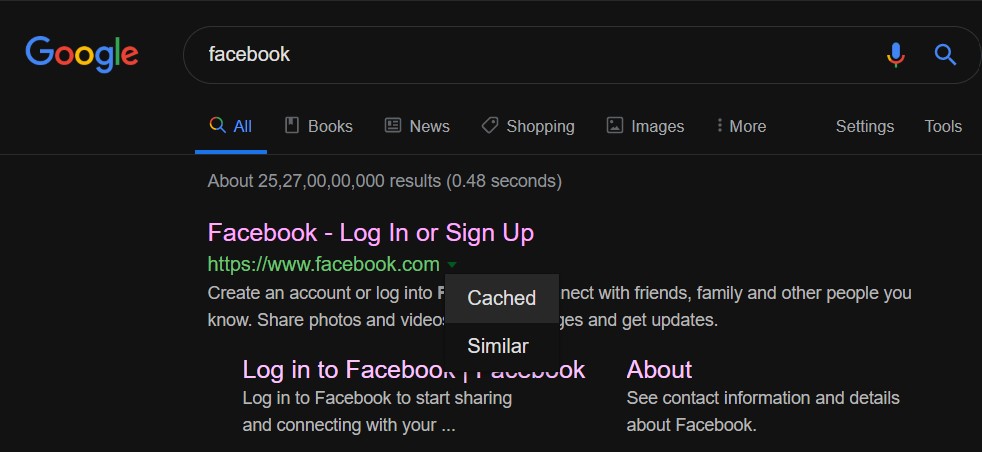Are you having trouble accessing a website? The problem might not be with your internet connectivity. It has to do with the website being down, its server being busy, or maybe the admin has removed that page altogether. Discover how to view a cached copy or snapshot of the webpage. Learn methods to create a cached copy or an old version of a website. But before that, let’s see how this caching process works.
Google crawlers crawl a website for indexing purposes. In doing so, it also stores a copy of the webpage, or a snapshot, locally on your PC. But some site administrators block a page from getting indexed by crawlers by modifying its robots.txt file. As a result, Google won’t be able to store a cached copy of that website. But that’s for a minority of websites.
For the vast majority, you could easily view a cached copy or an old version of a website. Let’s see all the different methods to do so. Also, keep in mind that these caches do keep hold of some amount of your device memory.
Via Google Search
- Enter the desired webpage URL in Google Search.
- Now, click the downward arrow, present right next to the URL, and select the Cache option.
- Google will now open the cached version of the website. It will also notify you that it is not the most recent copy of the website, and the data might have changed in the meantime.
- You also have the option to view the text-only version of that webpage. The option to do so is present at the header of the page. But doing so might disorient the layout. So make a note of it before going with that option.

So these were the steps to view the cached copy of a website via Google search. The above steps aren’t just limited to Google search, they work for other searches too (like Bing). Let’s now look at the methods of viewing an old version of webpages.
From Chrome’s Omnibox (Address Bar)
- Head over to the Chrome browser on your desktop.
- Enter cache: in the Omnibox, followed by the URL of the desired webpage.
- It’s better to avoid prefixes like www, http, and https while entering the URL.
- That’s it. Hit Enter, and you can now view an old or cached copy of that website.
Don’t Miss: Google Chrome Keyboard Shortcuts Every User Should Know
Via the Wayback Machine
The Internet Archive’s Wayback Machine stores or hosts a copy of the website and its data, such as images, videos, texts, etc. It even manages to outdo the other two methods to view cache copies of the websites mentioned above. The previous tips allow you to view the most recent cached copy of the website locally stored on your device. But the Wayback Machine goes a step further. It allows you to view the cached version of the website on specific dates. This way, you could view the earliest contents of a webpage.
To do so, head over to the Wayback Machine’s page. Now type in the desired page URL and click on Browse History. You will now be presented with a timeline. Select the year from that timeline and subsequently the date from the calendar. It will then present you with the cached copy of that website if it exists.
Via Extensions and Applications
You could even view the cached copies of a website using some extensions and software. It doesn’t do much good because you could do the same without installing a third-party app (which would take some storage space). Still, I decided to let you be aware of this method as well, in case a need arises.
For that, you could either take the help of the Web Cache Viewer extension for Chrome. Or take the help of the ChromeCacheView software for Windows.
Read next: 3 Best Proxy Websites to Access Restricted Contents



